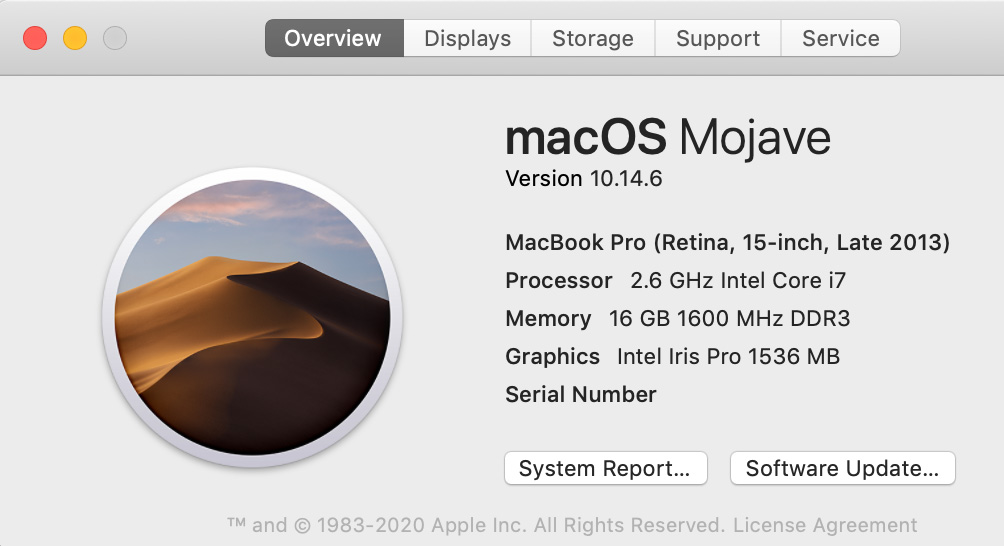
#INCREASE MEMORY FOR PROGRAM MAC OS FREE#
As a further optimization, these free lists do not always track all free areas in a block (the free lists normally track a finite number of free areas).

This allows reduced metadata to track allocated and freed runs.įurther, most allocators use free lists instead of traversing memory on each allocation looking for an empty space of the appropriate size, the allocator keeps lists of freed areas categorized by their approximate sizes. Most use a resolution of 16 bytes or more. To increase efficiency, most allocators do not track every single byte in memory. If the memory allocator kept an array of every single allocation, its location and size, the metadata could easily take as much memory as the allocations themselves. This can be very difficult to do when memory becomes a mottled pattern of allocated blocks and freed space. The main difficulty for a memory allocator is to keep the amount of metadata and the amount of processing time low. Every reasonable effort should to be made to allocate new blocks in the spaces left by previously free blocks to keep the memory footprint low. The pages of memory managed by malloc are collectively called "the heap" but it should be noted that malloc generally does not use a heap data structure (which is a form of sorted tree) to track blocks the two uses of the term "heap" are unrelated.Īs the program requires more memory, the malloc implementation requests more virtual memory pages, increasing the application's memory footprint. To know which areas within the pages are free at any given time, a malloc implementation must maintain metadata about the size and location of each allocated block in use and any free space between blocks. Malloc implementations work by requesting a handful of virtual memory pages from the kernel and returning pointers to free areas within those pages when memory is requested. I'm using the term " malloc" but this article applies to Objective-C's alloc and allocWithZone:, all CoreFoundation allocations and all related C functions like calloc, realloc, valloc, malloc_zone_malloc, malloc_zone_calloc, malloc_zone_valloc, malloc_zone_realloc and malloc_zone_batch_malloc since all these functions go through the same internal implementation on the Mac.

Malloc gains its advantage by dividing those pages (or clusters of pages) into smaller regions and returning pointers to addresses within those regions when smaller allocations are requested. Of course, internally, malloc does receive its memory from the kernel by mapping virtual memory pages.

Alternately, you can simply use memory on the stack (which is 64 kilobytes big by default) and is mapped automatically for every thread.īut most of the time when people talk about allocating memory, they are referring to allocations using malloc.Ĭompared to requesting pages of virtual memory directly, malloc is finer grained (you can request much smaller sizes than 4 kilobytes) and considerably faster (since it doesn't require an mmap every time). You can allocate memory in your application this way (using the mmap function) to get your memory 4 kilobytes at a time. The kernel allocates memory to applications by mapping virtual memory pages (which are 4 kilobytes in size) into the application's memory space.

#INCREASE MEMORY FOR PROGRAM MAC OS MAC OS X#
IntroductionĪll memory in Mac OS X is allocated to applications by the kernel. I'll look at how memory is allocated for "tiny", "small" and "large" allocation scales, the multi-core performance improvements introduced in Snow Leopard and some inbuilt debugging features you can trigger for finding memory problems including buffer overruns. In this post, I'll take a high-level look at how malloc is implemented on the Mac.


 0 kommentar(er)
0 kommentar(er)
